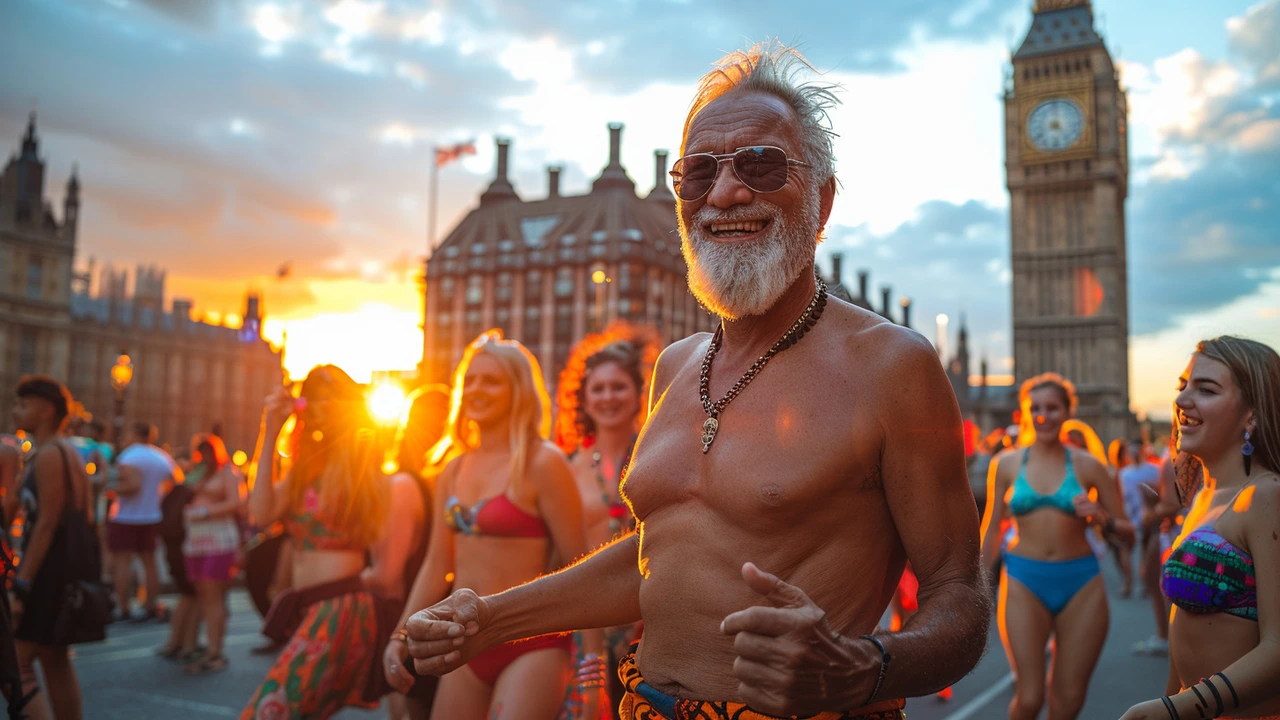Introduction to Dubstep Dance
Dubstep dance, a phenomenon that burst onto the scene in the late 1990s, has carved its niche in the vast world of dance with its unique style and captivating rhythm. Stemming from its musical counterpart, dubstep, this dance form thrives on the genre's signature heavy basslines, syncopated rhythms, and the occasional reverberated drum patterns. It's a visual interpretation of the music, where dancers embody the sound waves through their fluid movements, isolations, and intricate footwork. For those new to the scene, understanding the roots and nuances of dubstep dance is the first step towards mastering its moves.
The Origins of Dubstep Dance
Dubstep dance didn't just appear out of thin air; it's an evolution of several dance styles that preceded it. Stemming from the UK's early garage and drum and bass scenes, dubstep music—and by extension, dubstep dance—emerged as an underground movement. In the dimly lit clubs of South London, dancers would lose themselves to the music, improvising movements that echoed the off-kilter beats and deep bass lines. These early forays into what would become dubstep dance were less about choreographed routines and more about personal expression and connection with the music. As the genre grew in popularity, so did the dance, with dancers across the globe adding their unique flair and technique, transforming it into the dynamic dance form it is today.
Fundamentals of Dubstep Dance
Understanding the fundamentals of dubstep dance is crucial for anyone looking to dive into this world. The essence of dubstep dance lies in its ability to mirror the music's intensity and unpredictability. Key elements include popping, locking, and fluid movements combined with more aggressive jerks and waves. Mastering these basics allows dancers to freely improvise to the dubstep's rhythmic complexities. It's a dance that demands not just physical agility but also musicality—being able to interpret and express the music through your movements. Beginners should start by focusing on isolations, learning to control different parts of their body independently. This control is the foundation upon which more complex moves and routines are built.
Step-by-Step Tutorial for Beginners
Starting your journey in dubstep dance can feel overwhelming, but breaking it down into steps can simplify the process. First, dedicate time to listening to dubstep music attentively, allowing yourself to really feel the rhythm and understand its intricacies. Then, begin with basic body isolations, practicing moving your head, shoulders, chest, and legs independently. As you grow more comfortable, incorporate popping techniques, using quick, muscle tensing and releasing to create a jerking effect. Locking, or quickly freezing from a fast movement, adds dramatic flair to your dance. Experiment with waves, passing motion fluidly from one part of your body to another, mimicking the ebbs and flows of the music. Footwork is also vital; focus on being light on your feet, ready to change directions or pace at any moment. Remember, practice is key. Set aside regular practice sessions, and don't be afraid to record yourself to monitor your progress. Over time, you'll develop your unique style, becoming more in tune with the music and your body's movements.

